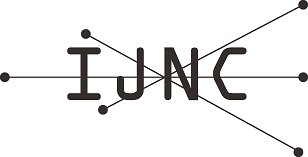Enhancing Robustness and Accuracy in Edge-Assisted Visual SLAM Implementation
Abstract
With the increasing demand for spatial positioning on modern mobile devices, Simultaneous Localization and Mapping (SLAM), particularly camera-based Visual SLAM, has become essential for real-time perception and positioning by processing continuous image data. However,
these algorithms often entail high memory and computational requirements, making it challenging to deploy them on mobile devices and run for extended periods. To address this issue, the edge-assisted SLAM architecture, which offloads computationally intensive tasks to
edge servers, has been proposed. Despite its potential, existing solutions in this domain suffer from significant limitations in data synchronization and recovery capability, compromising both the robustness and accuracy of the system. In response to the identified limitations, we analyze the impact of the current data synchronization and relocalization recovery processes on system performance, and introduce a novel multithreaded tracking approach integrated with an efficient relocalization mechanism. We validated our approach in standard datasets, including the robustness of the system, tracking recovery capability, and localization accuracy. Experimental
results demonstrate that our solution reduces tracking interruptions by up to 94.2%, significantly improves coverage, a vital robustness metric of the SLAM system, by up to 30.1%, and shortens relocalization recovery time by up to 35.2%. Furthermore, our approach improves
the localization accuracy by 43.7% in translation scenarios and 36.8% in rotation scenarios.
Keywords
Full Text:
PDFRefbacks
- There are currently no refbacks.
